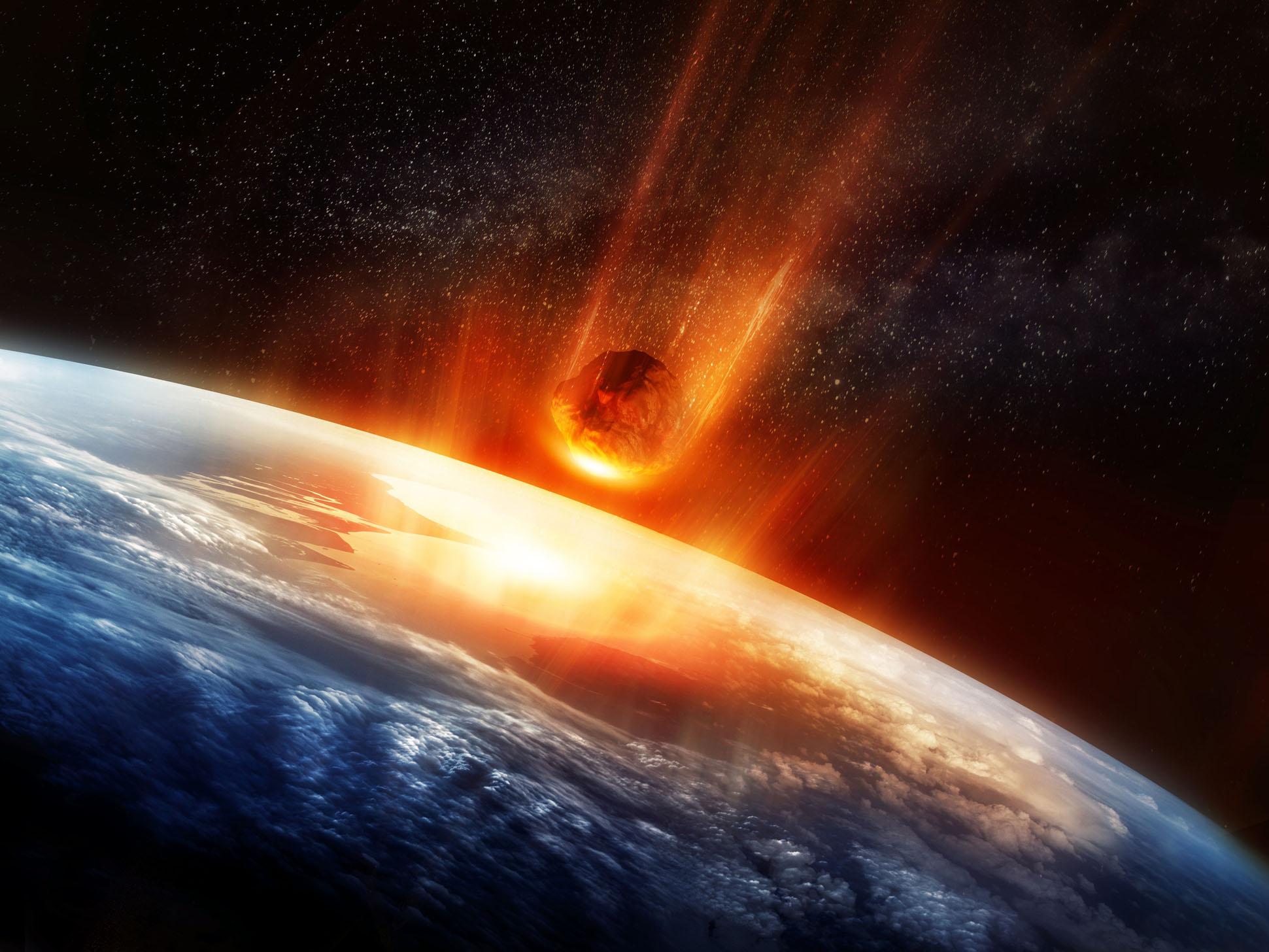Huge crater from one of the largest meteorites to hit Earth discovered in Laos, scientists believe
Researchers say they have found 'best candidate yet' for site of mystery impact

Your support helps us to tell the story
From reproductive rights to climate change to Big Tech, The Independent is on the ground when the story is developing. Whether it's investigating the financials of Elon Musk's pro-Trump PAC or producing our latest documentary, 'The A Word', which shines a light on the American women fighting for reproductive rights, we know how important it is to parse out the facts from the messaging.
At such a critical moment in US history, we need reporters on the ground. Your donation allows us to keep sending journalists to speak to both sides of the story.
The Independent is trusted by Americans across the entire political spectrum. And unlike many other quality news outlets, we choose not to lock Americans out of our reporting and analysis with paywalls. We believe quality journalism should be available to everyone, paid for by those who can afford it.
Your support makes all the difference.A huge crater left by one of the largest known meteorites to hit Earth may have been finally found in Laos after years of searching.
Scientists have known that a two-kilometre (1.2mile) wide meteorite crashed into Earth nearly 800,000 years ago, but the exact spot of where it landed has been a mystery for decades.
However, there is now strong evidence to show the crater may lie beneath lava in a 910-cubic-kilometre area of a volcanic field in Laos, southeast Asia, according to a new research paper.
The hidden impact crater is thought to be about 13 kilometres (8 miles) wide and 17 kilometres (10.5 miles) long, based off the research team’s calculations.
Researchers were led to the impact site by a set of small black glassy objects called tektites, which scientists believe were formed from Earth material that melted from the meteorite’s impact.
Tektites ranging from 750,000 to 35.5 million years old have been discovered across the planet in areas known as strewn fields, which can be found on every continent except Antarctica.
Professor Kerry Sieh, principal investigator for the Earth Observatory of Singapore who worked as one of the paper’s authors, told CNN that the existence of the objects meant the meteorite was "so large and its velocity so fast that it was able to melt the rocks that it hit”.
Although scientists have been able to determine most of the source craters for tektites, the Australasian field that extends from southern China to south Australia was a mystery.
Mr Sieh and his team believe their research has identified “the best candidate yet” for the Australasian strewn field, which is the largest known tektite field and covers about 10 per cent of the Earth’s surface.
The paper author said there had been many attempts to find the impact site, with suggestions ranging from northern Cambodia to central Laos and southern China.
“Our study is the first to put together so many lines of evidence, ranging from the chemical nature of the tektites to their physical characteristics, and from gravity measurements to measurements of the age of lavas that could bury the crater,” Mr Sieh said.
However, he noted more research was required to confirm the theory and scientists will need to drill through volcanic rocks to see if they can find the sort of rocks which are expected at an impact site.
This would require finding “lots of evidence for melting and shattering,” Mr Sieh added.
The study was published in the Proceedings of the National Academy of Sciences journal.
Join our commenting forum
Join thought-provoking conversations, follow other Independent readers and see their replies
Comments